Apple’s new AirPods Pro 3 have surprised many in the tech review world by delivering heart-rate tracking that is remarkably accurate — and in testing, far superior to what was seen on the Powerbeats Pro 2. For fitness users and casual listeners alike, the difference is not just incremental; it may signal a leap forward in wearable audio-health tech.
What’s New with the AirPods Pro 3 Sensor
- AirPods Pro 3 include a custom photoplethysmography (PPG) sensor using infrared light, pulsing at a very high rate for in-ear heart-rate detection. This allows for more frequent sampling and more accurate readings, especially during dynamic workouts.
- In comparison, Powerbeats Pro 2 used optical sensors (green LED light) that sample less often. These proved less reliable under motion, particularly in more intense activities.
How They Performed
- In side-by-side testing, the new sensor on the AirPods Pro 3 produced readings that were “mind-bogglingly good,” to quote one tester. During interval workouts, outdoor runs, and indoor cycling, the heart-rate data tracked closely with more established devices such as high-end sports watches and chest strap monitors.
- The testing included a variety of wearables and accessories: the Apple Watch, chest straps, wrist-bands, etc. While no device is perfect, the AirPods Pro 3 held their ground very well, showing only minor divergence under extreme motion.
Other Upgrades That Help
- Improved fit and ear tips: AirPods Pro 3 come with foam-infused tips and better geometry to ensure a more stable fit. A secure fit matters a lot when you’re moving, because slippage undermines sensor accuracy.
- Enhanced ANC (active noise cancellation) and better battery life make them more usable in longer sessions. Users reported that the earbuds held up well even during heavy sweat and movement.
- Integration with Apple’s Fitness app means that workouts started on the iPhone can now use the AirPods Pro 3 as a primary heart-rate source without needing an Apple Watch.
Where Powerbeats Pro 2 Still Trails
- Powerbeats Pro 2 were earlier to introduce heart-rate tracking, but in many tests they lost accuracy when transitioning from calm or indoor exercise to more motion—running, jumping, sudden shifts, etc.
- Also, Powerbeats Pro 2 had limitations in the depth of integration with Apple’s fitness ecosystem versus what AirPods Pro 3 now offer. Some features – like using only one bud for HR tracking or syncing with certain metrics – are better handled on AirPods Pro 3.
Real-World Implications
- For users who exercise without an Apple Watch (or sometimes prefer not to wear one), the AirPods Pro 3 offer a credible alternative to track heart rate with good accuracy.
- For people in fitness, health, or those concerned about metrics during workouts, this may reduce dependency on multiple devices. One device in your ears, and your iPhone could capture both sound and health data well.
- On the other hand, battery drain remains a consideration. High-sampling sensors, always-on or frequently used, consume power. Tests show AirPods Pro 3 still offer solid battery life, but heavy use of HR tracking, noise cancellation, etc., may cut down usage time somewhat.
Verdict
AirPods Pro 3 mark a strong step forward in combining premium audio and health-monitoring tools in a compact form. If past earbuds (including Powerbeats Pro 2) felt like they were making trade-offs, the Pro 3 makes fewer of them. While power users or fitness freaks will still compare with chest straps, watches, or other dedicated sensors, for many users the AirPods Pro 3 may be “good enough” — and that is a big win.

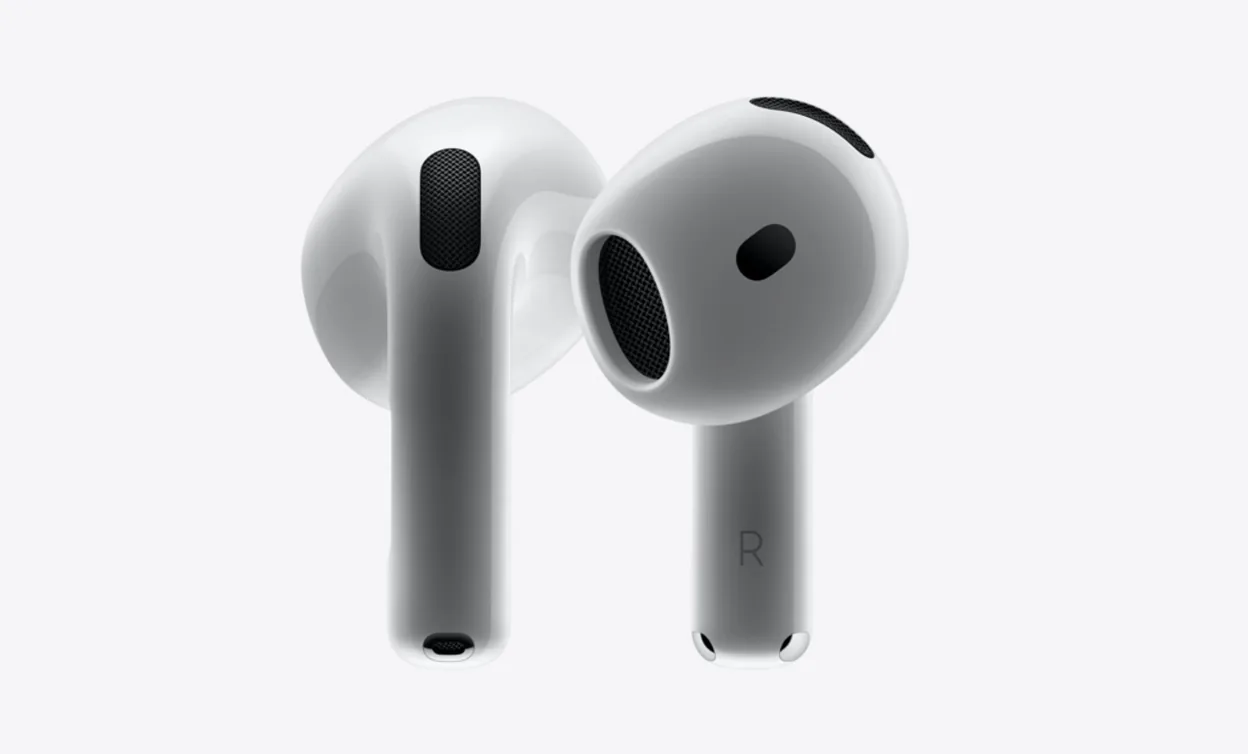

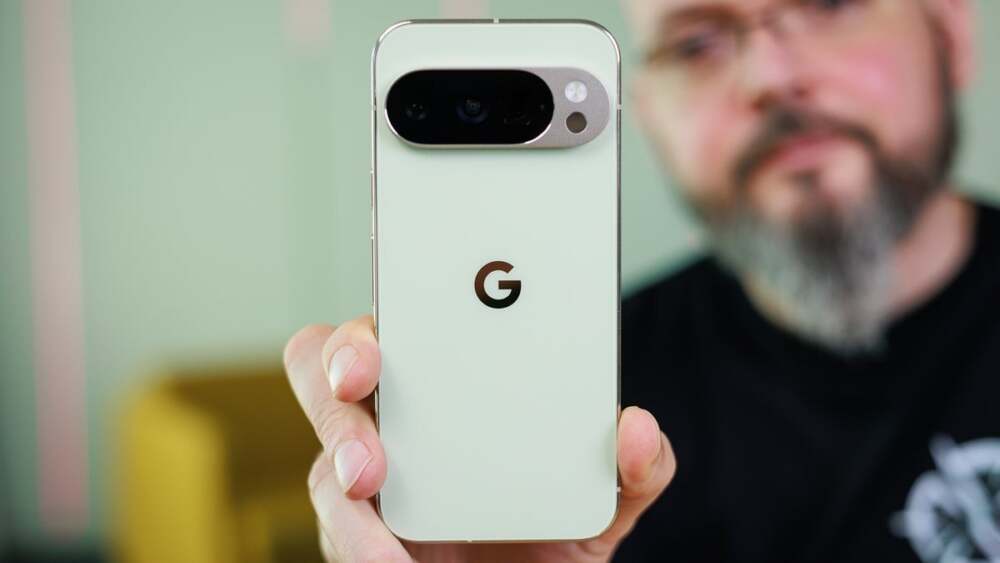

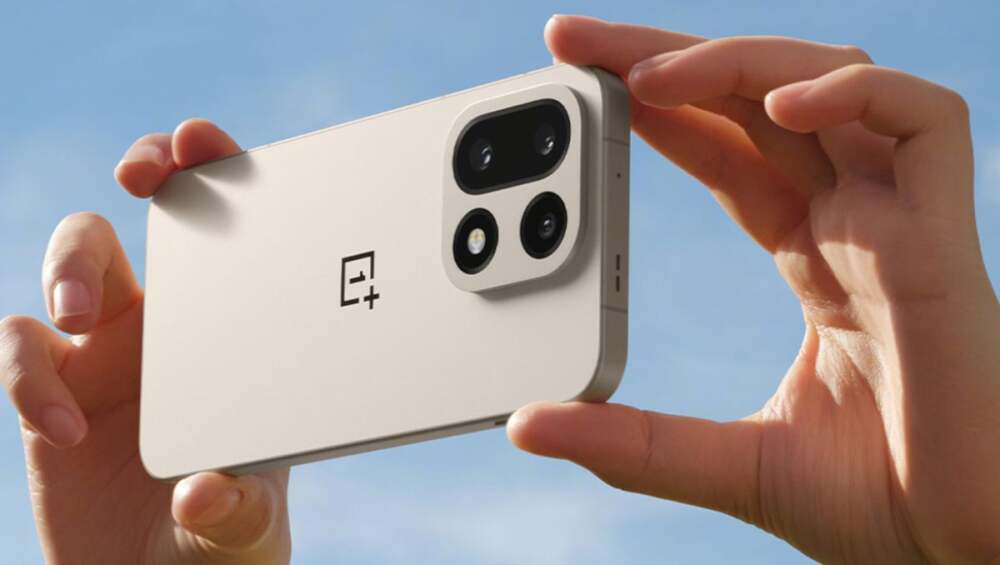


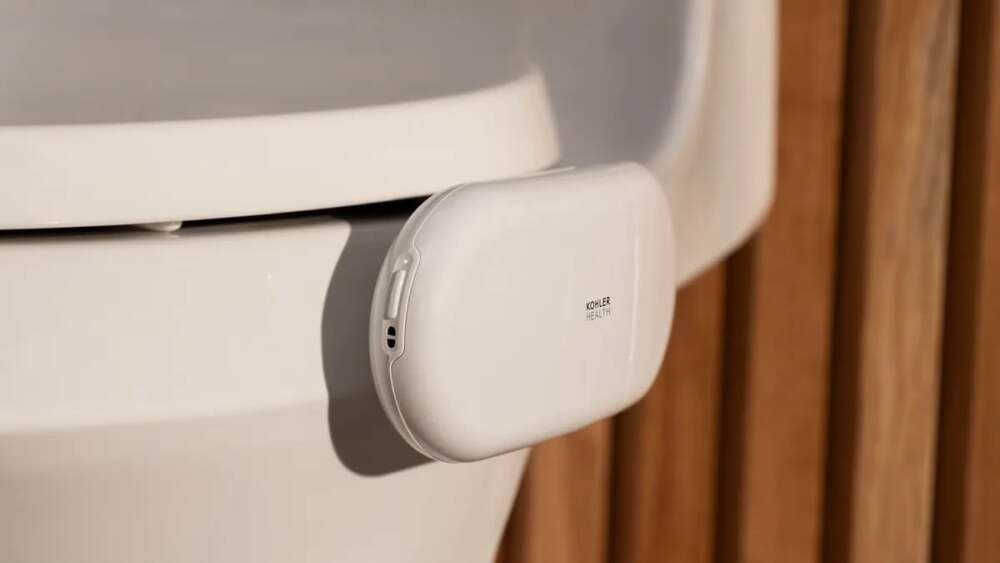


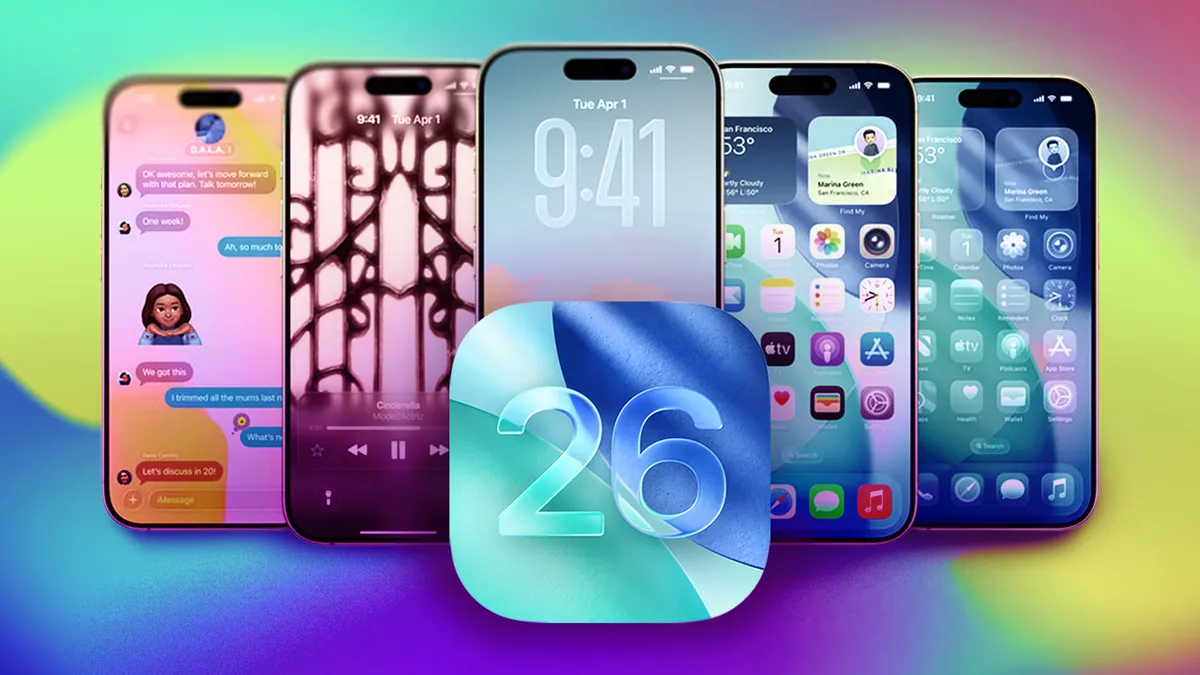




Leave a Reply